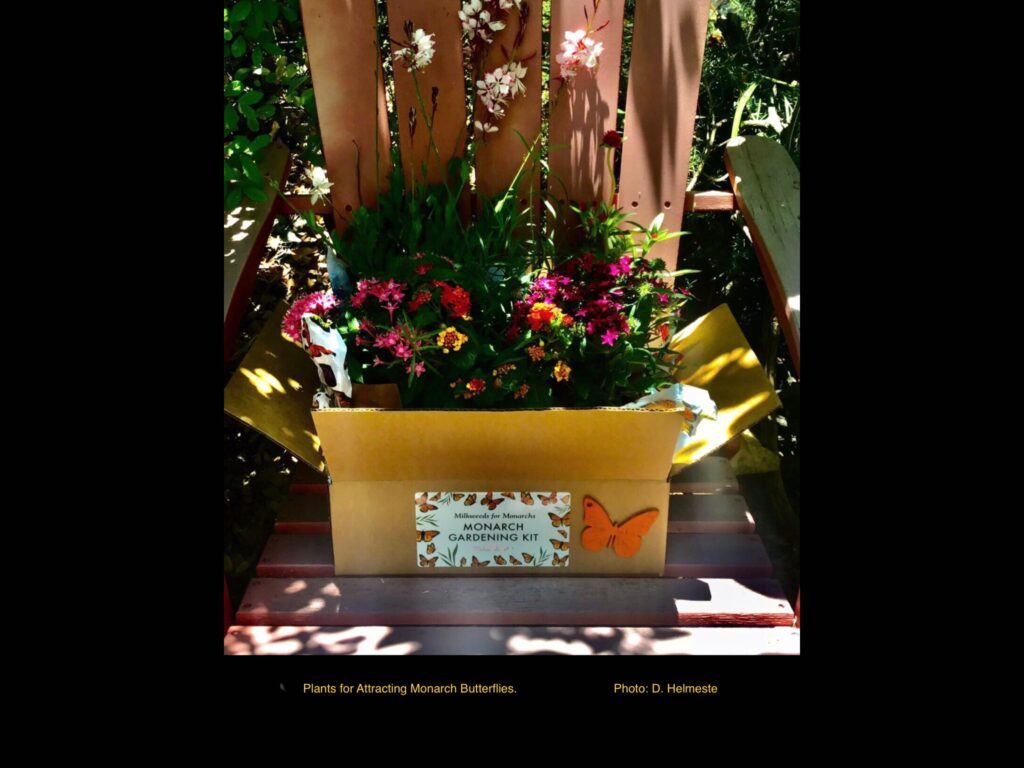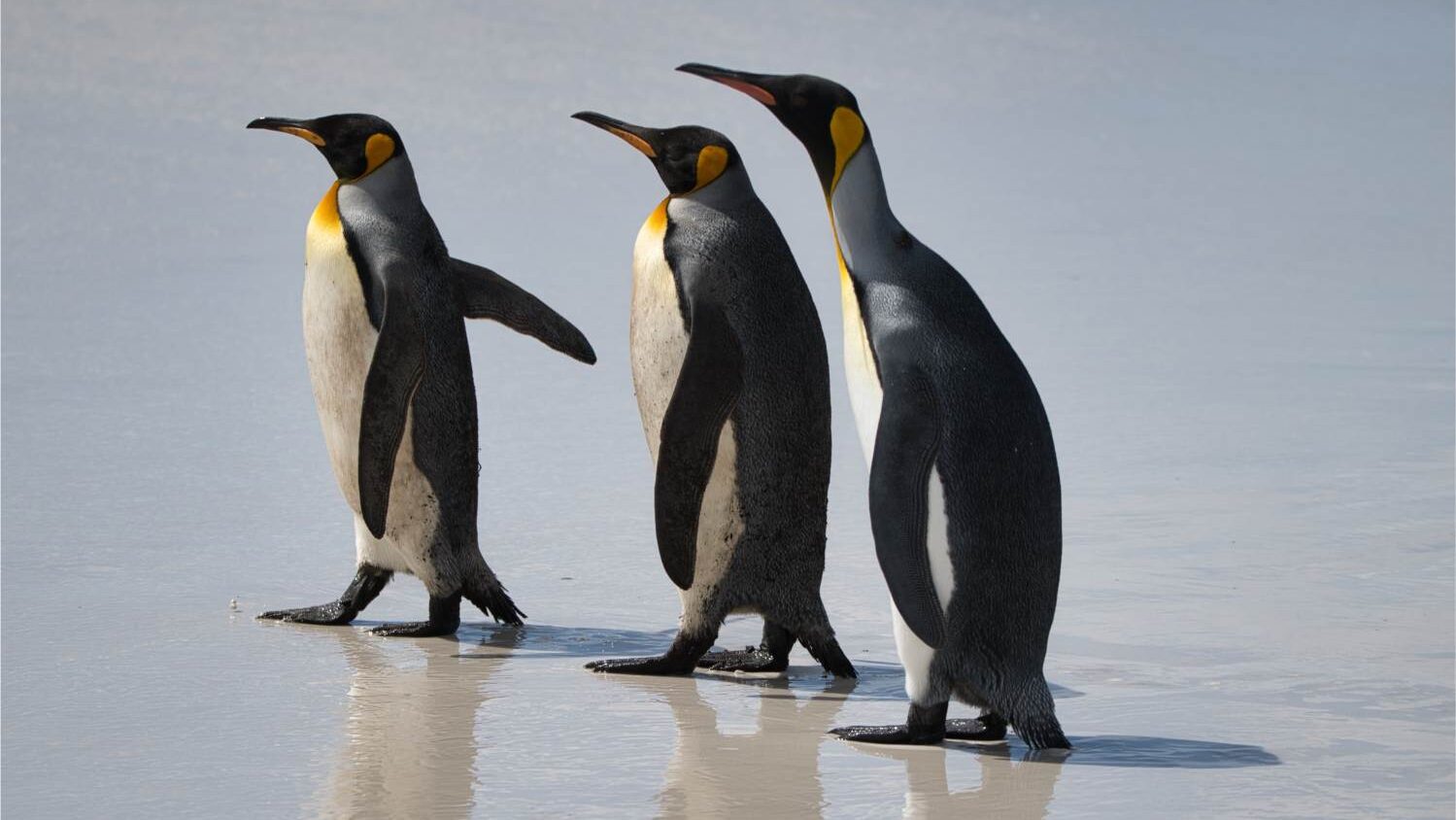
I. Grow your own garden: Growing vegetables and incorporating them into the school or home lunch menu is a healthy idea and promotes food security, instead of reliance on more expensive store-bought items.
For beginners, radishes and lettuce are popular as starter school projects since they are quick to grow. Tomatoes take longer and may require growing indoors before moving the plant outside, especially if the growing season is short (as it is in Estonia).
Pairing the sunlight with very fertile soil has been known to produce giant Alaskan vegetables, such as three-foot beans and 40-pound beets.
Fertilizers need not be expensive, and some specialists even recommend putting a Baltic herring or other fish in the ground as fertilizer. For student projects aiming to optimize growing conditions, Alaska has been an inspiration, partly because of its long hours of daylight in the summer. Pairing the sunlight with very fertile soil has been known to produce giant Alaskan vegetables, such as three-foot beans and 40-pound beets. Selecting the best plant varieties for your local climate and growing season are key to having good crop yields.

II. Attracting butterflies: When adding flowers to the garden design, putting together a monarch butterfly gardening kit is an excellent idea for introducing both beautiful flowers and milkweed plants, which are needed for sustaining the declining monarch butterfly population. The plants shown in the accompanying photo include: Asclepias fascicularis, Gaura lindheimeri Rosyjane, Lantana, Pentas lanceolata (lucky star violet and deep pink) and Piñata Gomphrena. Recommended plants may vary in different climate zones.
The monarch butterfly (Danaus plexippus) of North America is the most well-known danaid butterfly globally. Asian danaid butterflies are similar to monarchs since they are also known to migrate to overwintering locations and their caterpillars eat milkweed. Surprisingly, they are often blue (not orange) in color! They include the common tiger (Danaus genutia), the blue tiger (Tirumala limniace), and the blue-spotted crow (Euploea midamus) — all of which are present in Hong Kong. Their migration patterns are not as well known as those of North American monarch butterflies, and are still being intensively studied.

III. Eggs of all different colours: Some school gardens also keep chickens onsite. Caring for a flock of chickens is a great way for students to learn about biology, compassionate animal husbandry, and food science. However, if this is not possible, students can still learn a lot by visiting local farms or zoos.
What was equally fascinating was the fact that green and blue egg shells were always blue inside, but brown egg shells are white inside.
A great surprise for many people is the fact that chicken eggs may come in a variety of colours besides white or brown. A recent visit to a local farmer's market found chicken eggs in colours ranging from dark brown all the way to blue, green (olive), and white. What was equally fascinating was the fact that green and blue egg shells were always blue inside, but brown egg shells are white inside.
Blue-greenish colouration is not an anomaly but is in fact an ancient and common eggshell colour. It appears not only in non-avian dinosaurs but also in some modern bird species.

According to experts, brown eggs start off as white eggs. The brown pigment is applied to the egg shortly before the egg is laid. This is why brown eggs are brown on the outside but white on the inside. By contrast, blue eggs are blue on the inside and outside of the shell because the blue pigment is applied as the eggshell is being developed. Green and olive-coloured eggs are considered to be blue eggs with brown pigment applied on the outside before laying. If working with younger students, consider having them add “Green Eggs and Ham” (à la Dr. Seuss) to their lunch menu.
This summer, let’s get in touch with our local flora and fauna, so we can sow, grow, and thrive!



